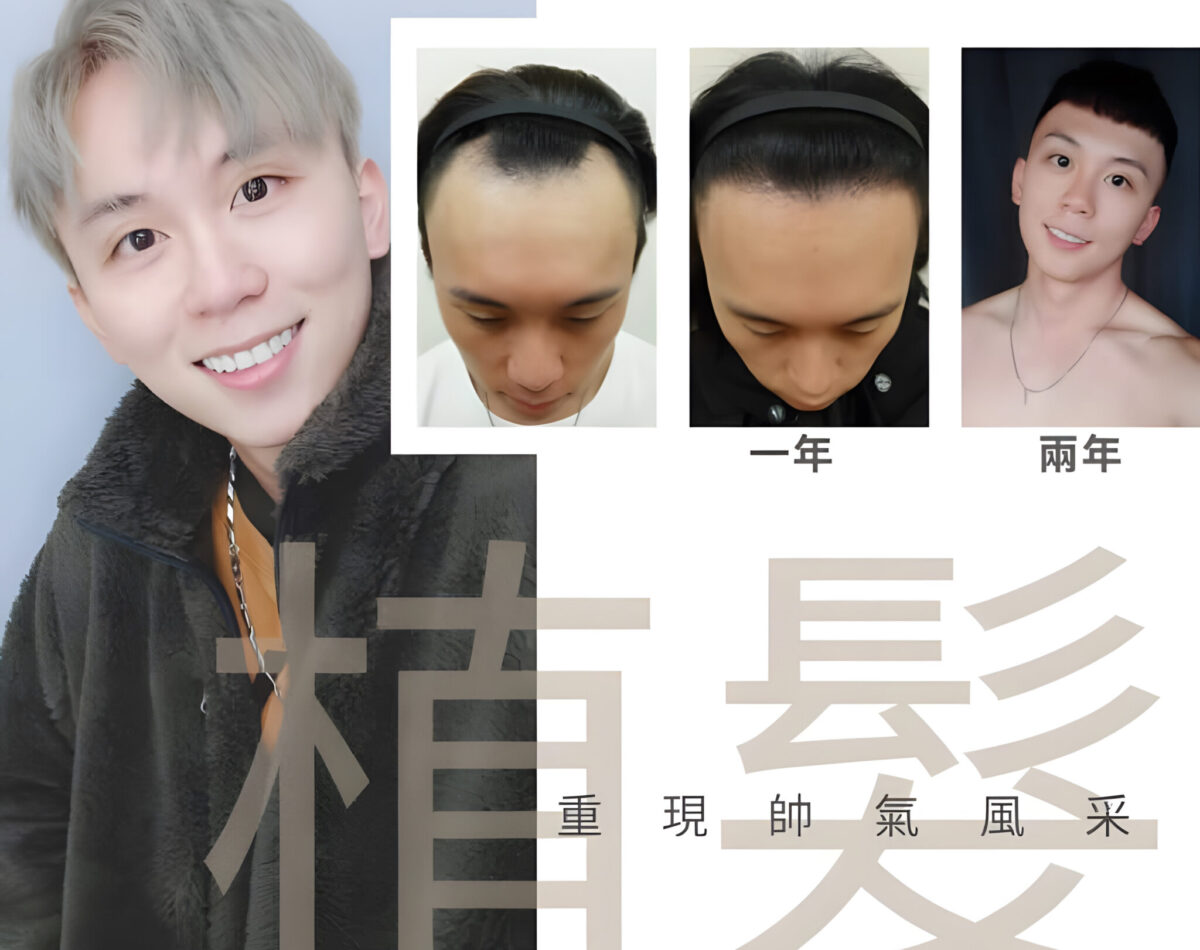
FUE Hair Transplant Surgery
Hair transplant procedures in Taiwan are relatively affordable.
The FUE (Follicular Unit Extraction) method is a minimally invasive and advanced hair transplant technique. During this procedure, a specialized drill with a diameter of 0.8–1.0 mm is used to extract individual hair follicles, which are then transplanted into balding areas of the patient’s scalp. The success of the transplant relies on the surgeon’s precision and expertise to ensure the best possible outcome. Scarring in the donor area at the back of the head is minimal, allowing patients to maintain a short hairstyle post-surgery. With minimal discomfort and quick healing, patients can resume normal work and social activities as early as the day after the procedure.
FUE Hair Transplant Pricing
$ 6,400
2000 grafts (4000 hairs)
Hair transplant procedures in Taiwan are relatively affordable, costing about half the price of similar procedures in USA.
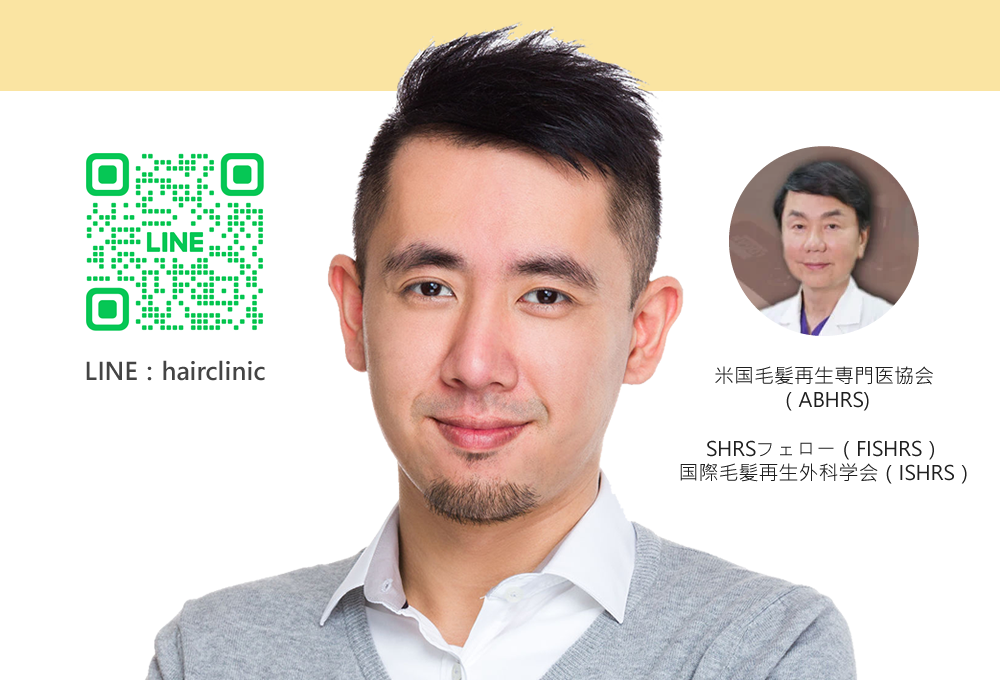
Principles and Benefits of FUE Minimally Invasive Hair Transplant
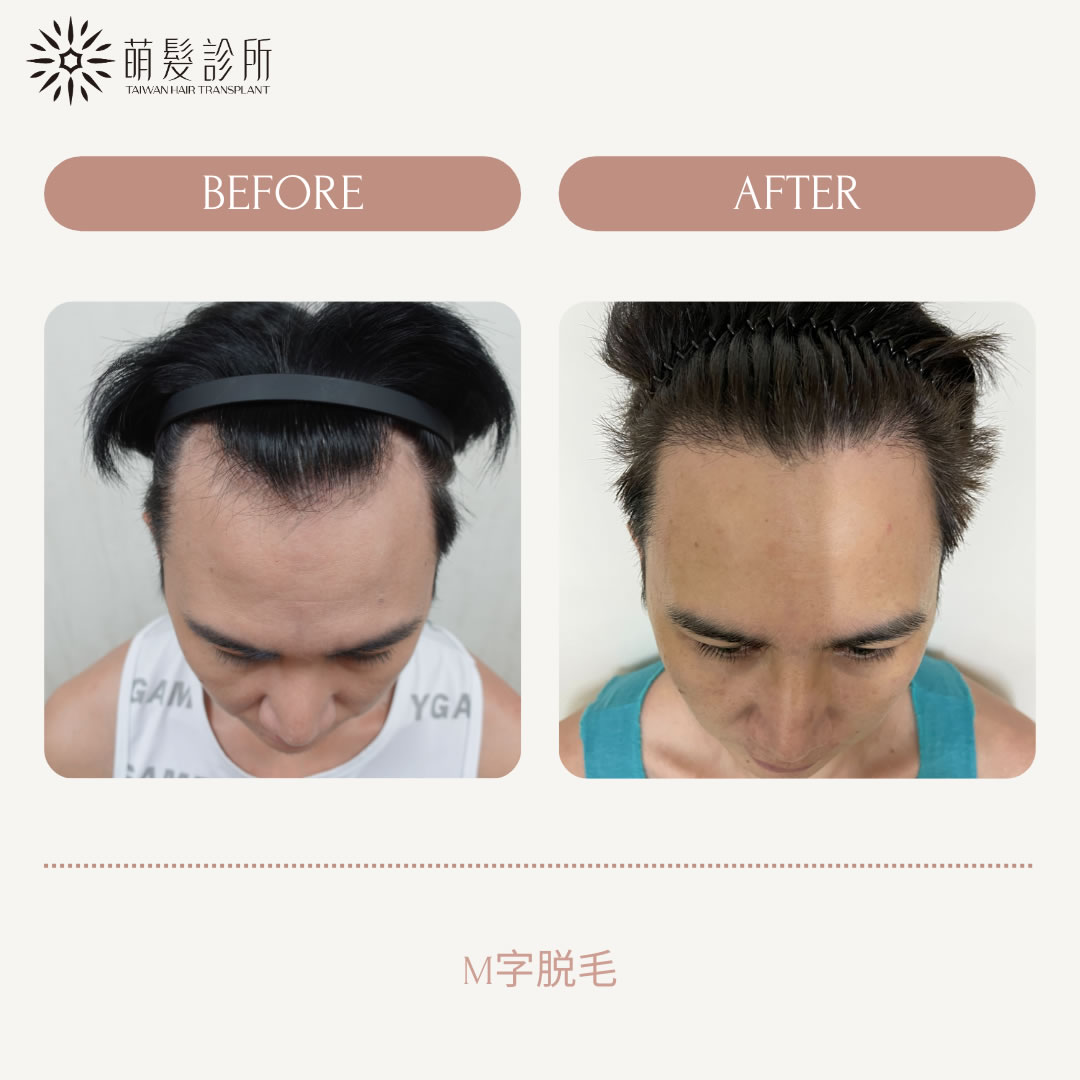
The FUE (Follicular Unit Extraction) minimally invasive hair transplant technique is ideal for restoring eyebrows, sideburns, beard areas, scar coverage, receding hairlines, and male pattern baldness. The principle behind this method involves transplanting permanent hair from the back of the head to balding areas. While male pattern baldness typically affects hair on the top of the head, hair from the back remains unaffected by genetic hair loss, allowing it to continue growing permanently when transplanted elsewhere. Today, hair transplants are widely recognized as one of the most effective solutions for hair restoration.
Benefits of FUE Hair Transplant
- Minimal scarring in the donor area: Even with short hairstyles post-surgery, scarring remains virtually unnoticeable.
- Low pain and quick recovery: Patients experience minimal discomfort and fast healing.
- Versatile transplant options: FUE can be used not only for scalp hair but also for eyebrows, sideburns, and beard restoration.
- Tiny traces and high graft survival rate: High survival rates of transplanted follicles contribute to natural hair growth.
- Rapid hair growth timeline: New hair begins growing at about four months post-transplant, with visible initial results by six months, and fully natural-looking results within a year.
Hair Transplant Surgery Process
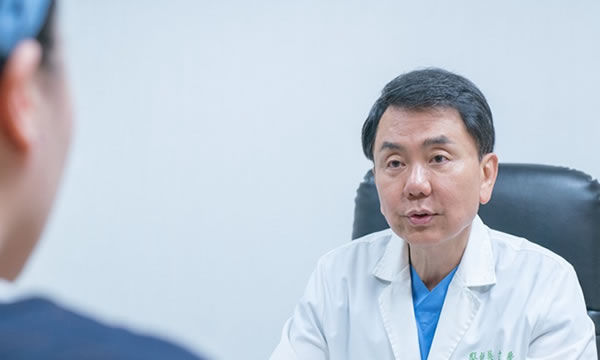
STEP 1: Dr. Wu conducts a direct diagnosis of hair loss, providing a thorough evaluation and answering any questions.
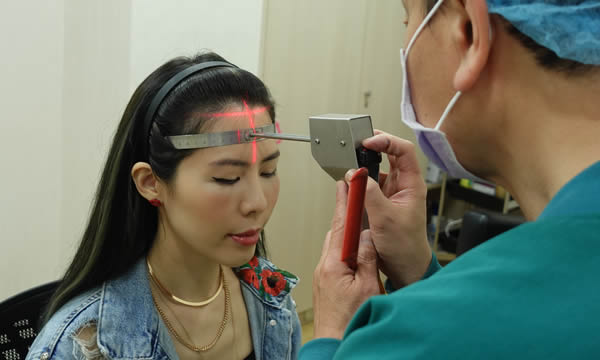
STEP 2: During the consultation, the hairline placement is planned, and the exact number of grafts needed is calculated.
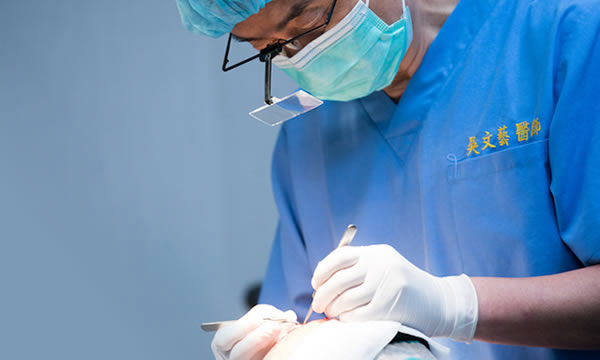
STEP 3: Dr. Wu and a team of hair transplant specialists complete the entire procedure in a single day.
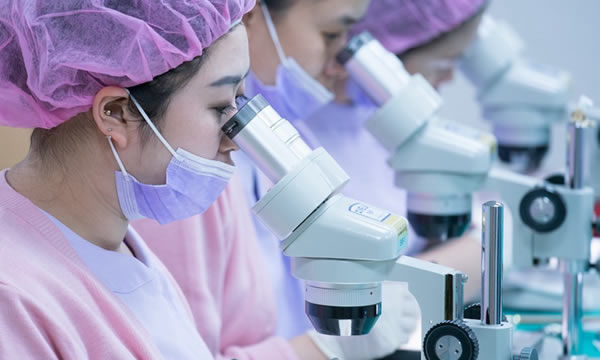
STEP 4: After the procedure, patients can return to work and resume daily activities the very next day.
Detailed Steps in FUE Minimally Invasive Hair Transplant Surgery
- Consultation and Planning: Through a detailed consultation, the doctor determines the quantity and placement of the hair to be transplanted.
- Preparing the Donor Area: The donor area (back of the head) is shaved to allow for follicle extraction.
- Local Anesthesia: Local anesthesia is administered to both the donor and recipient areas to ensure comfort during the procedure.
- Extraction of Follicular Units: Using a specialized drill (0.8–1.0 mm in diameter), follicular units are carefully extracted.
- Preparing the Recipient Area: Tiny incisions are made in the balding area to receive the transplanted follicles.
- Transplanting Follicular Units: The extracted follicles are meticulously placed into the prepared incisions.
- Post-Surgery Care: Aftercare and follow-up are provided to support recovery and ensure optimal results.
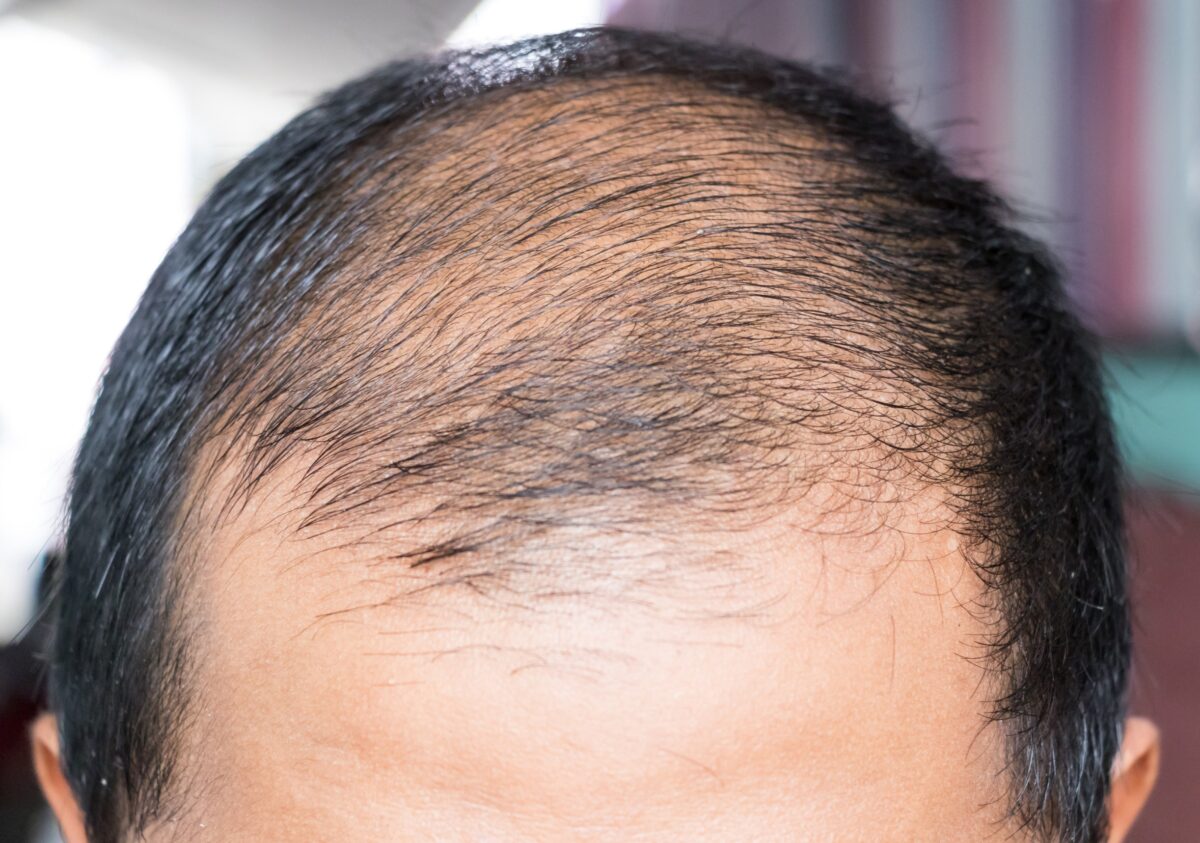
Considerations Before Hair Transplant Surgery
Before undergoing a hair transplant, it’s important to understand the necessary preparations and any required tests. Through consultations with your doctor, you can choose the most suitable treatment plan tailored to your needs.
Post-Surgery Considerations
After the surgery, patients may experience some temporary effects:
- Swelling and Redness: Mild swelling and redness may occur for a few days.
- Itching: The donor and recipient areas may feel itchy.
- Temporary Hair Shedding: It is normal for transplanted hair to shed initially before new growth begins.
